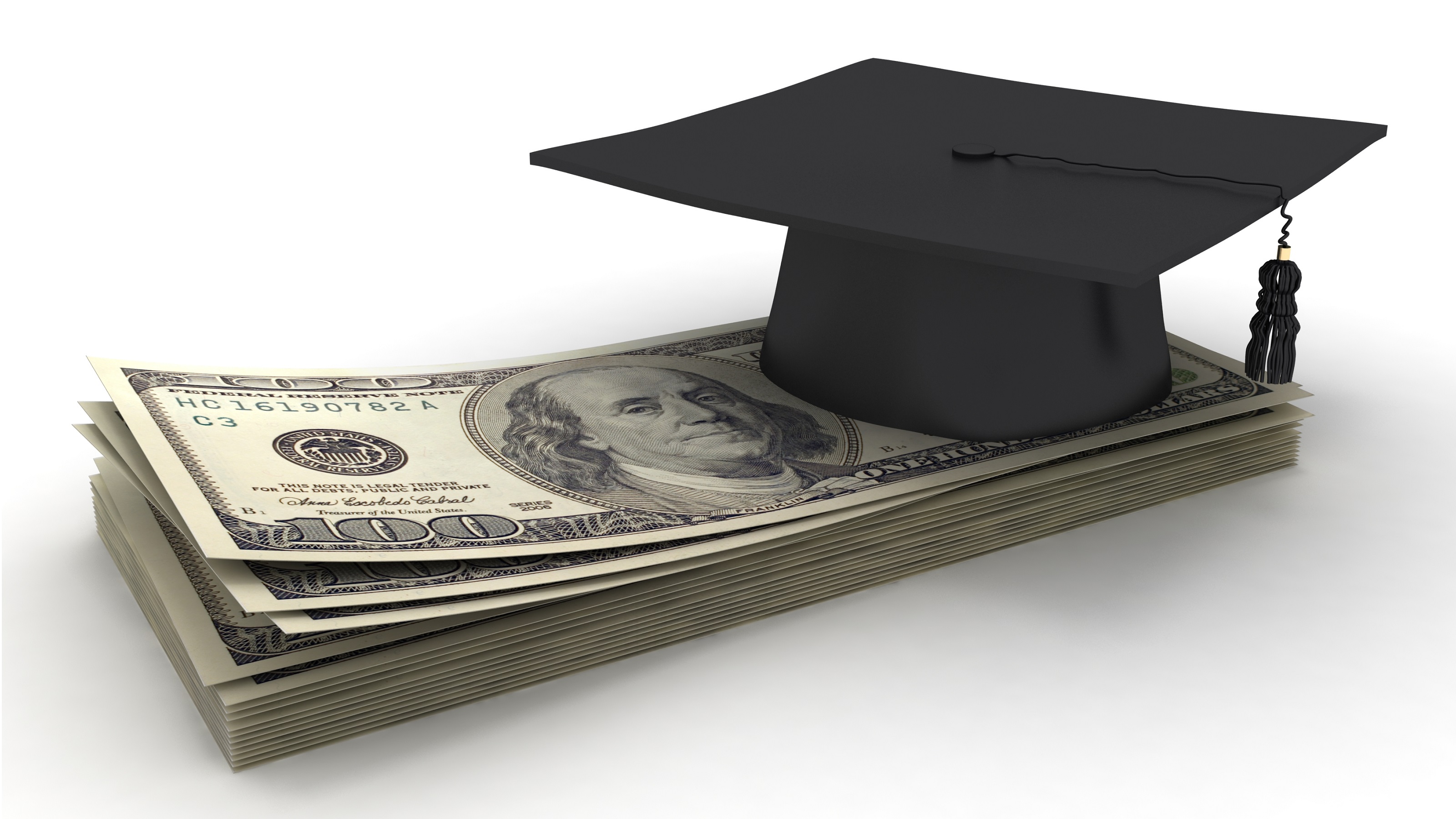Changes Coming for Student Loans
A new law provides more money for high-need students and better repayment terms for borrowers with a lot of debt.

The bill that put the finishing touches on health-care legislation also changed the rules regarding student loans for higher education. As of July, the feds become the sole lender for the federal student loans known as Staffords as well as PLUS loans, the federally sponsored loans for parents and grad students. These loans currently originate from private lenders as well as the federal government.
Now your student may have to deal with more than one servicer when the loans come due. Loans made after July 1 will be serviced by four companies or agencies. Older loans that originated under the federal Direct Loan program, or that were bought by the feds during the recent credit crisis, will be transferred to those companies. The rest will be serviced by the original lenders -- at least for now, says Tim Ranzetta, of Student Lending Analytics, an industry analyst.
Students who are confused about who will be handling their loans should contact their financial-aid office, says Ranzetta. Once they graduate, they can consolidate the loans to avoid having to write checks to more than one company. The new law makes a one-time exception for the 2010–11 academic year to the rule that students must wait to consolidate until after they graduate. If they consolidate their loans as undergrads, however, they lose the six-month grace period for repayment after graduation.
From just $107.88 $24.99 for Kiplinger Personal Finance
Become a smarter, better informed investor. Subscribe from just $107.88 $24.99, plus get up to 4 Special Issues

Sign up for Kiplinger’s Free Newsletters
Profit and prosper with the best of expert advice on investing, taxes, retirement, personal finance and more - straight to your e-mail.
Profit and prosper with the best of expert advice - straight to your e-mail.
As for PLUS loans, these, too, will be available only from Uncle Sam, through your student’s financial-aid office. PLUS loans under the Direct Loan program carry a fixed rate of 7.9%.
Better terms for repayment. The new law offers a more generous version of an existing program known as income-based repayment, which offers relief to borrowers whose student debt is high relative to their income. For those who take out federal student loans after July 1, 2014, the program caps monthly payments at 10% of discretionary income and forgives any remaining debt after 20 years. The current program caps repayments at 15% of discretionary income and forgives any balance after 25 years.
More money for Pell grants. This federal program for high-need students will receive a $36-billion infusion over the next ten years, bringing the maximum annual grant per student to an estimated $5,975, up from the current maximum (in 2010) of $5,550. The money will sustain the chronically underfunded program but won’t make much of a dent in the cost for students who attend four-year institutions. The total annual tab for in-state students at public institutions runs an average of $15,213, according to the College Board. The annual average cost of a private institution approaches $36,000.
A boost for some colleges. Community colleges will receive $2 billion over four years to help them develop education and career-training programs. Historically Black Colleges and Universities and Minority-Serving Institutions -- which represent one-third of all degree-granting institutions and enroll nearly 60% of minority undergraduates -- will receive $2.55 billion, fortifying them against the heavy losses they suffered during the recession.
Profit and prosper with the best of Kiplinger's advice on investing, taxes, retirement, personal finance and much more. Delivered daily. Enter your email in the box and click Sign Me Up.

-
 What to Do If You Plan to Make Catch-Up Contributions in 2026
What to Do If You Plan to Make Catch-Up Contributions in 2026Under new rules, you may lose an up-front deduction but gain tax-free income once you retire.
-
 If You'd Put $1,000 Into Lowe's Stock 20 Years Ago, Here's What You'd Have Today
If You'd Put $1,000 Into Lowe's Stock 20 Years Ago, Here's What You'd Have TodayLowe's stock has delivered disappointing returns recently, but it's been a great holding for truly patient investors.
-
 How to Max Out Your 401(k) in 2026 (New Limits are Higher)
How to Max Out Your 401(k) in 2026 (New Limits are Higher)In 2026, the maximum contribution limits for 401(k) plans have increased, giving you an excellent shot at maximizing your retirement savings.
-
 9 Types of Insurance You Probably Don't Need
9 Types of Insurance You Probably Don't NeedFinancial Planning If you're paying for these types of insurance, you may be wasting your money. Here's what you need to know.
-
 New Ways to Use 529 Plans
New Ways to Use 529 PlansTax-free withdrawals from 529 plans could help you sharpen your job skills.
-
 I Want to Help Pay for My Grandkids' College. Should I Make a Lump-Sum 529 Plan Contribution or Spread Funds out Through the Years?
I Want to Help Pay for My Grandkids' College. Should I Make a Lump-Sum 529 Plan Contribution or Spread Funds out Through the Years?We asked a college savings professional and a financial planning expert for their advice.
-
 Amazon Resale: Where Amazon Prime Returns Become Your Online Bargains
Amazon Resale: Where Amazon Prime Returns Become Your Online BargainsFeature Amazon Resale products may have some imperfections, but that often leads to wildly discounted prices.
-
 How Intrafamily Loans Can Bridge the Education Funding Gap
How Intrafamily Loans Can Bridge the Education Funding GapTo avoid triggering federal gift taxes, a family member can lend a student money for education at IRS-set interest rates. Here's what to keep in mind.
-
 How an Irrevocable Trust Could Pay for Education
How an Irrevocable Trust Could Pay for EducationAn education trust can be set up for one person or multiple people, and the trust maker decides how the money should be used and at what age.
-
 UTMA: A Flexible Alternative for Education Expenses and More
UTMA: A Flexible Alternative for Education Expenses and MoreThis custodial account can be used to pay for anything once the beneficiary is considered an adult in their state. There are some considerations, though.
-
 Coverdell Education Savings Accounts: A Deep Dive
Coverdell Education Savings Accounts: A Deep DiveWhile there are some limitations on income and contributions, as well as other restrictions, a Coverdell can be a bit more flexible than a 529 plan.